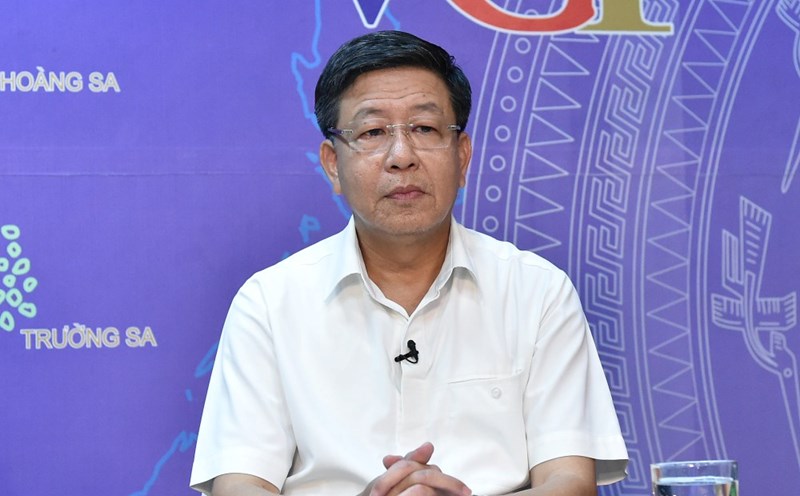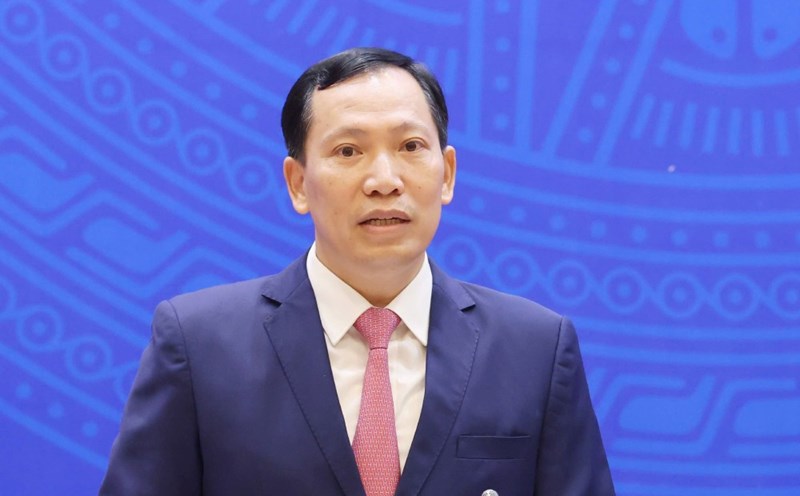The Hanoi People's Committee has just announced to collect public opinions on the draft Regulations on implementing low-emission zones in the area, implemented according to Article 28 of the Capital Law.
Low emission zones (LEZ) are limited areas in the city with high levels of air pollution. Vehicles operating in this area must meet strict emission standards. Non-standard vehicles will be restricted or have to pay a fee.
According to the Hanoi People's Committee, the draft regulations on low-emission zones basically keep the content of Resolution 47 of 2024 of the City People's Council, only adjusting the roadmap and scope to comply with the Prime Minister's Directive 20 on urgent solutions to handle environmental pollution.
Resolution 47 stipulates that in the 2025-2030 period, Hanoi will pilot low-emission zones in some areas of the old Hoan Kiem and Ba Dinh districts; from 2031 onwards, they will be expanded to other areas.
The new draft sets out a roadmap 5 years earlier, with a wider scope. From July 1, 2026, Hanoi will implement a low-emission zone within Ring Road 1; from January 1, 2028, it will be expanded to Ring Road 2 and from January 1, 2030, it will be expanded to Ring Road 3 and encourage other communes and wards to establish low-emission zones.
From 2031 onwards, areas in the area that meet one of the criteria specified in Article 4 of the Resolution must implement low emission zones. Article 4 sets out three criteria for determining low emission zones.
Firstly, it is in the strictly protected area and emission-restricted area identified in the Capital Planning to 2030, with a vision to 2050.
These are residential areas concentrated in 12 old districts: Ba Dinh, Hoan Kiem, Dong Da, Hai Ba Trung, Thanh Xuan, Cau Giay, Hoang Mai, Tay Ho, Long Bien, Bac Tu Liem, Nam Tu Liem, Ha Dong.
Second is the area where traffic congestion often occurs from level D to F according to TCVN 13592:2022 urban roads - design requirements. According to this standard, the service level (LOS) is a measure of the quality of operation of the traffic flow that the driver and passengers are aware of.
The service level is divided into 6, in order from high to low, marked as A, B, C, D, E, F. Level A is a good means of transportation, level B has a higher number of vehicles on the road, level E means vehicles start to get congested and level F is a traffic jam.
Third is the average air quality of the year assessed at least one year that does not meet the current National Technical Regulation on Air Quality with the main parameters: SO2, NO2, total floating dust (TSP), PM10 dust, PM2.5 dust.
According to the draft, in the low emission zone, Hanoi will ban heavy trucks running on diesel, and motorbikes and mopeds using fossil fuels. Cars that do not meet level 4 emission standards will be restricted or banned from circulation according to time frames, times or areas.
The Hanoi People's Committee will also propose applying fees and charges to vehicles with high emissions or not encouraging circulation in low emission zones; at the same time, study policies to support people and businesses in the area to switch to clean, zero-emission energy vehicles.
The draft resolution is expected to be submitted to the City People's Council for consideration at the end of 2025 session and take effect from 2026.










